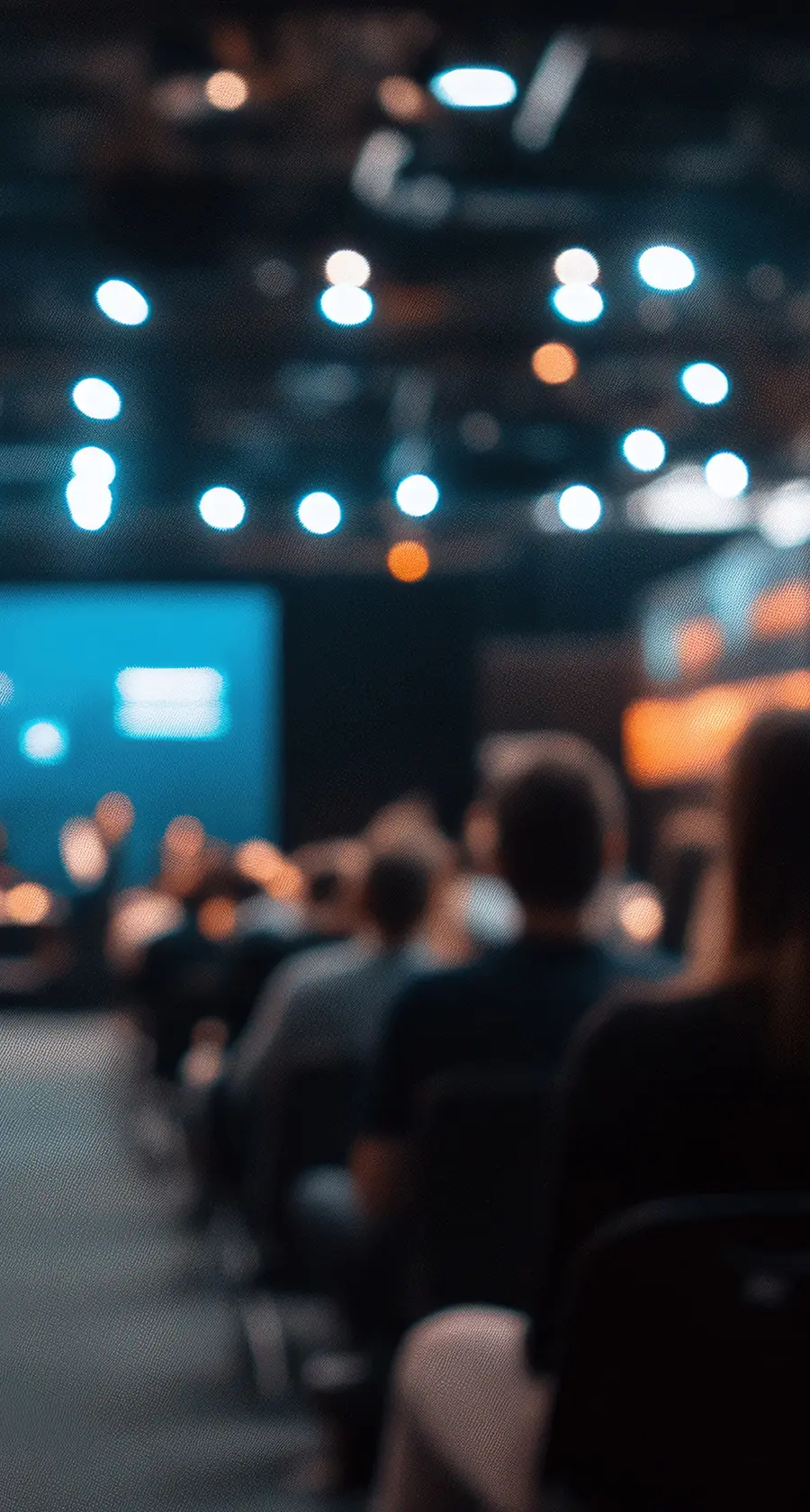
Hearts & Minds: At $35 billion, marketeers and investors are falling under the spell of influencers
18 March 2025
Subscribe to receive Hearts & Minds daily
IT has taken Fernando Fernandez, new CEO of Unilever, to publicly say what many chiefs have been thinking and saying in private: traditional advertising is waning, and the drive is for social media influencers. ‘Messages from brands coming from corporations are suspicious messages. So, creating marketing activity systems in which others can speak for your brand at scale is very important. Influencers, celebrities, TikTokers. These are the voices that matter.’
He’s implementing a ‘social-first’ ad strategy, which will see a scaling back in Unilever’s traditional ad spend and a ‘twenty-fold’ increase in the influencer budget. It will necessitate ‘a machine of content creation very different from the one we have had in the past.’ Said Fernandez: ‘There are 19,000 zip codes in India, there are 5,764 municipalities in Brazil. I want one influencer in each of them. In some of them, I want 100.’
Fernandez is articulating what is occurring everywhere. Globally, advertisers spent $500m on influencers in 2015, according to Statista research. That grew to $6.5bn by 2019 and hit $35bn last year. Social media provides results, is more targeted and cost-efficient. It is accurately measured. A firm spends $8m promoting dog food in a half-time Super Bowl slot, yet most of those watching won’t own a dog. Think what it could achieve by spending $8m on dog influencers.
What this means for comms is ever greater focus on social media, moving away from the mainstream towards platforms and people that are actually read and viewed, and trusted. TV and newspapers remain powerful, of course they do. For now. They will continue to be as the world is led and managed by over-45s. The eyeballs of that lower age bracket are elsewhere, though and as they rise, mainstream media’s muscle will wither. You’re seeing it already, with ads in traditional newspapers and TV for cruise holidays and stairlifts. Meanwhile, savvy vote-chasing politicians - witness Donald Trump’s election victory - are making the switch.
In corporate comms, investors, industry peers tend to come from that older cohort. The FT, WSJ, Times Business, etc – they still matter. But a two-pronged approach is needed and in time, possibly sooner than might be generally supposed, one will take over from the other. Local newspapers, for instance, may be slipping, but comms strategists must heed Fernandez, when he says think local. They must drill down to find the influencers in zip codes and municipalities.
A revolution is well underway.
Chris Blackhurst is one of the UK’s foremost business journalists. He was previously Editor of The Independent and City Editor of the Evening Standard.
Subscribe to receive Hearts & Minds daily
Summary
At $35 billion, marketeers and investors are falling under the spell of influencers
Author

Chris Blackhurst
Former Editor and Strategic Communications Adviser
